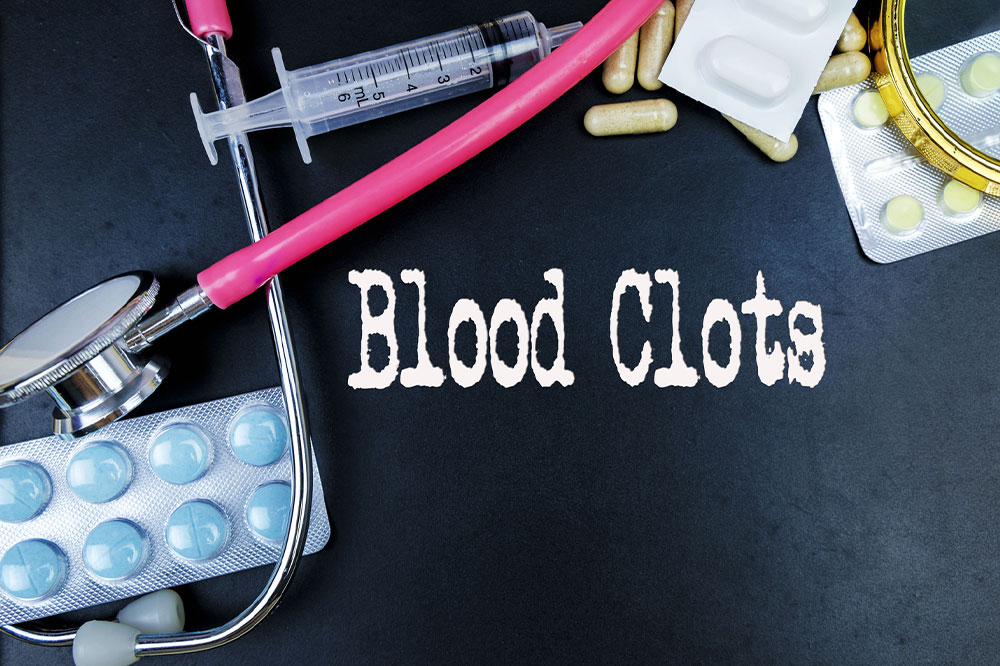Detecting Blood Clots: Symptoms, Risks, and Diagnostic Tests
Learn to identify the signs of blood clots and understand the essential diagnostic tests used by healthcare professionals. Early detection is crucial for preventing severe complications like strokes, heart attacks, and pulmonary embolisms. Recognize symptoms such as swelling, chest pain, and neurological changes, and be aware of risk factors including obesity, smoking, and prolonged immobility. Diagnostic procedures like ultrasound, D-dimer tests, and CT scans are vital for accurate detection and timely intervention.

Blood clots play a crucial role in healing injuries but can pose serious health threats if they form unexpectedly within veins or arteries. Such clots may travel to vital organs like the lungs or heart, leading to dangerous conditions such as pulmonary embolism or heart attacks.
Venous clots, often developing gradually, include deep vein thrombosis (DVT), which affects deep veins. Arterial clots occur within arteries and can cause strokes or heart attacks.
Immediate medical attention is essential, as blood clots can have life-threatening consequences. Recognizing symptoms is key to early diagnosis and treatment.
Signs and Symptoms
Leg blood clots: Redness, swelling, warmth, tenderness, and pain often indicate DVT, mainly in hips and legs.
Chest blood clots: Sudden chest pain, worsening with breath, rapid heartbeat, and breathing difficulty suggest pulmonary embolism or heart attack.
Abdominal clots: Bloating, abdominal pain after eating, and vomiting may indicate mesenteric vein issues.
Brain clots: Symptoms such as numbness, vision problems, speech difficulty, and weakness may point to stroke.
Many factors increase the risk of blood clots, including obesity, age over 60, smoking, pregnancy, use of contraceptives, atrial fibrillation, liver disease, cancer, and family history. Prolonged immobility and sedentary lifestyles also contribute.
Diagnostic Tests
D-Dimer Test: Measures clotting protein levels to detect potential clots.
Ultrasound: Uses sound waves to visualize blood flow and locate clots.
Venography: X-ray with dye highlighting vein blockages when ultrasound isn't conclusive.
CT Scan: Provides detailed images for detecting clots and strokes rapidly.
MRI: Produces high-resolution images of blood vessels, especially if other tests are inconclusive.
Echocardiography: Checks for intracardiac clots or arterial embolisms.
Small, stationary clots may resolve on their own, but those in major veins require immediate medical attention to prevent complications.

